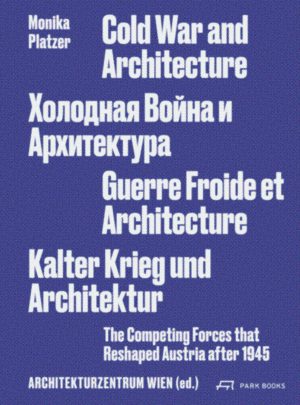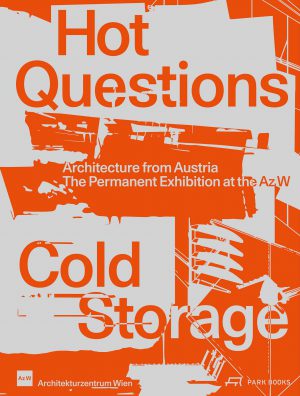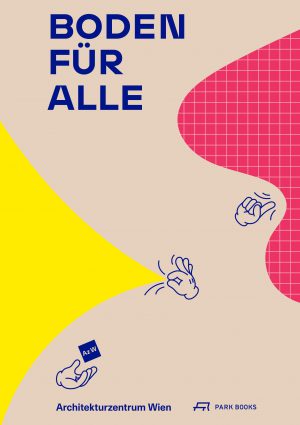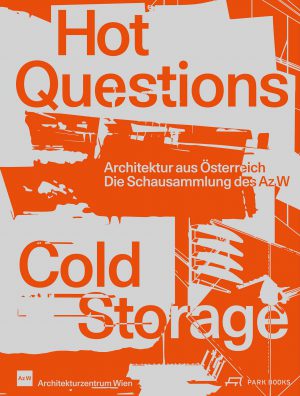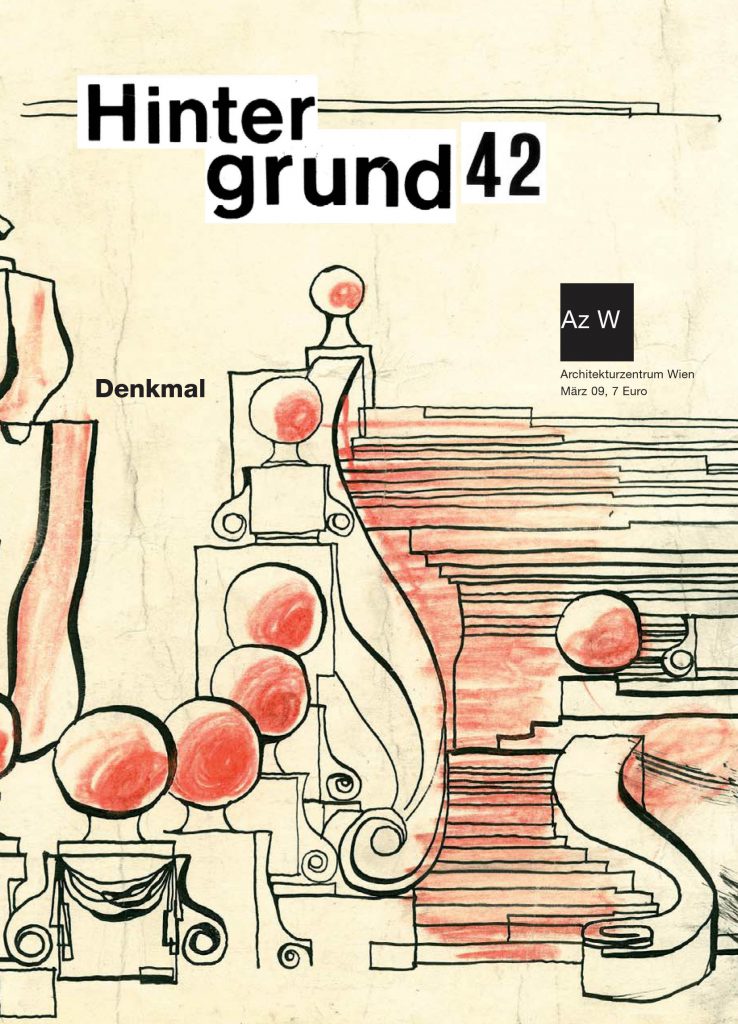
In the word "memorial," commemoration (thinking of something or someone) coincides with punctuation (leaving a mark). Honoring or admonishing as the two antipodes of commemoration are in many monuments authoritarian expressions of a supposed "better knowledge" to be imparted.

